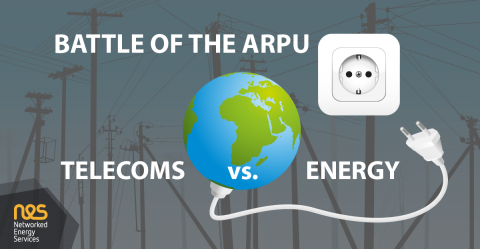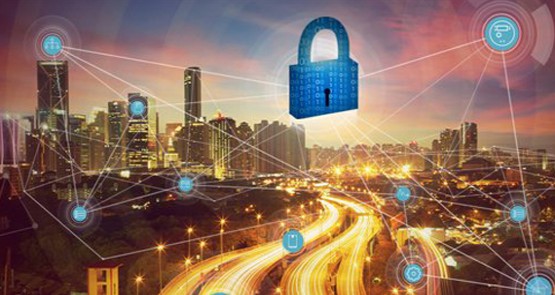
Battle of the ARPU, Telecoms vs. Energy
Dec 02, 2021A colleague of mine, Mr Sunil Mittal, created an interesting posting on Linked In. He was seeing telecommunications service providers increasing their ARPU (annual revenue per user) in India and was asking others in the utilities industry how they felt this would affect the AMI business case.
There are three main communications technologies for AMI; PLC, cellular/mobile and RF. PLC uses the electricity infrastructure to carry smart meter communications and so is effectively free, cellular/mobile uses the public available services and so has a charge, and RF uses a private and local radio mesh network and so has an infrastructure set-up cost.
Selecting the right approach is a long-term decision, as the infrastructure deployed will be in the field for a long-time. Even if “plug-in” replacement communications units are available to remedy an incorrect earlier decision, the replacement costs are still very high, and not to be entered into lightly.
Sunil explained that, in India, the AMI business case assigns around 12%-18% of its cost for cellular communications. An increase in tariffs by 20%-25%, as seems to be on the cards in India, could do a lot of damage to the AMI deployment and smart energy transition in India. This is because the prevailing approach for AMI communications in India has become “locked into” cellular over the years, with an assumption that PLC will not perform well in India’s grid. At the same time, the ARPU for the utility is relatively low, making it more sensitive to an erosion because of higher cellular/mobile communication costs. In a sense, it is a battle of the ARPU.
Globally, there are different dynamics. For example, in Europe, there is a general “commodity driven” downwards trend in the cost of cellular/mobile together with very strong coverage. That’s the macroscopic view: at a regional level, long-term trends around cellular/mobile services will have different impacts on its viability as a communications method, and so influence the role of PLC.
However, even at the other end of the scale, there are different dynamics to be considered. Even in countries with strong and “commodity priced” cellular and mobile coverage, there are black-spots and even places in buildings where the signal cannot penetrate. So, even where the financial conditions seem to favour cellular/mobile, the local conditions may well favour PLC.
In India, and other similar markets where telecommunication providers are looking to increase their ARPU, the message to professionals in the utilities sector may be simple – “challenge the preconceptions about what communications will work well and give yourself wider options for the future”.
In the global perspective, it seems that regionally, conditions may promote certain communications options, but local conditions may force the use of alternative technologies.
For smart meter vendors, like NES, this means that we should offer our customers the choice of communications technologies. Hybrid communications environments can exploit both the regional and the local conditions to make AMI and the smart energy transition successful and cost effective.




